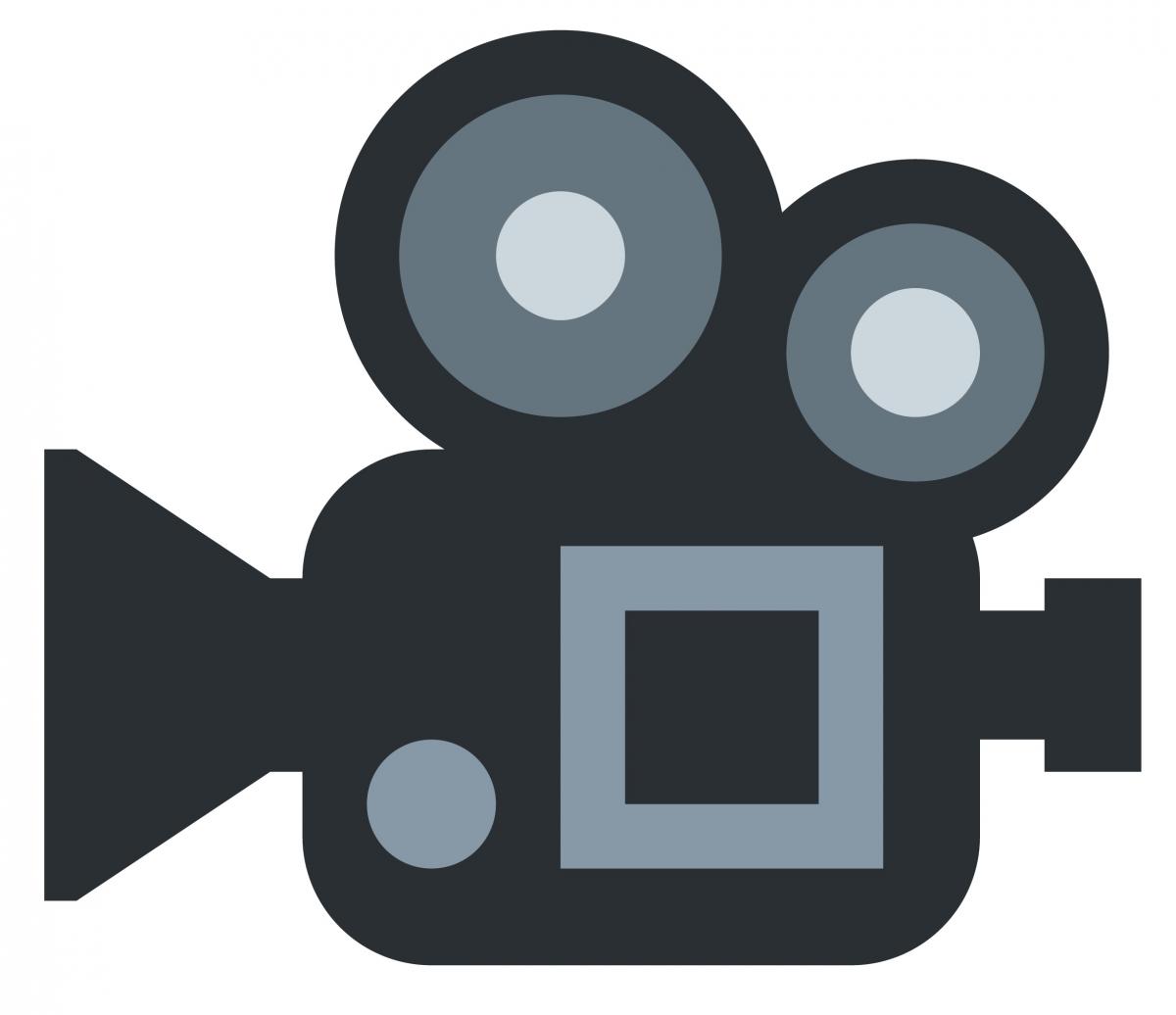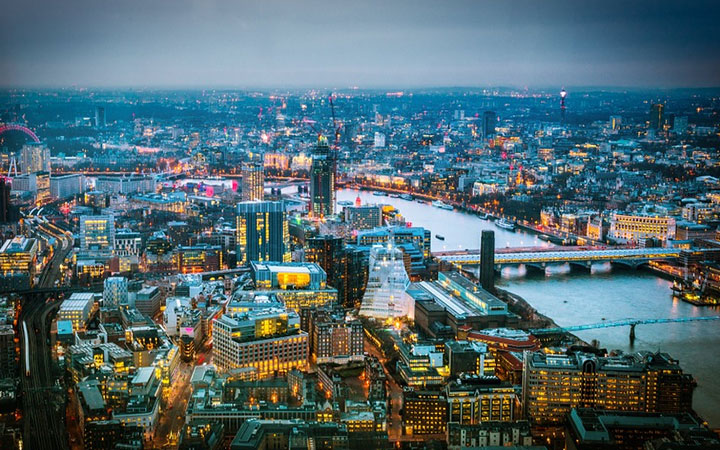For the earlier time, the only way to produce any aerial video or shot would be to rent a full sized helicopter and a licensed pilot for your shoot. After you get that all squared away, you would have to log your flight plans with the FAA, as well as the city that you’re shooting in, as well as acquire all of the proper permits in order to shoot your aerial footage.
A Side note, the FAA has recently released an app for your smartphone, called B4UFLY, that is to be used by drone videographers and hobbyists alike, to see if there are any aircraft restrictions within the area you are looking to fly in.
Plus, as we all know, weather doesn’t always cooperate, so that makes the shoot days very inflexible. As you can imagine, all of this makes for quite the headache when it comes to producing a video, on top of trying to manage the super expensive shoot.
Below, we will take a look at the top 5 reasons your business should consider using drone videos for your next corporate video production.
1. Price
Whether you know it or not, too professionally produce a business video usually isn’t cheap, but is an important investment to your brand’s identity. They are able to provide an unparalleled value – in terms of your marketing ROI – for the money that is spent on it. With such high amounts of possible uses, video content provides versatility in its ability to reach potential clients in a way that no other marketing tool can.
The best thing about drones is that with a little bit of planning, you will be able to capture all of your footage on the same day as the rest of your production, which will save you time, money and a headache from organizing all you would need to get the aerial shots you want. And who doesn’t like to save time and money?
2. Full HD Quality
As drone and video technology have improved over the course of time, they are now capable of producing amazing aerial films that are captured in 4k – like the camera that we offer here with our drone services. The fact that there are more gimbals – professional 3-axis stabilization systems – that are about to hit the market means that there are more opportunities to use a wider variety of cameras with the drones. This allows aerial filming companies to have the ability to swap out different cameras, depending on the type of footage you are looking to capture.
3. Video Application
Currently, many people see the use of drones with TV and film production, from music videos to newscasts. But there are many other areas that could truly benefit from the use of drones. Industries such as realtors, property management and development, event coverage, tourism and sports training can all benefit from the use of aerial footage.
Aerial video can also provide a distinctive view of a place, location or event. It is ideal for showing a completely diverse vantage point of the business and/or service through a bird’s eye point-of-view. Any company that can enhance their overall appeal by using aerial video should be assured that you will attract and maintain your customer’s attention, which should result in an enhance in your future sales.
4. Save Time
In order to achieve aerial footage in the past, booking a helicopter was the method of choice, over a fixed wing plane, due to their versatility. But even though they are very versatile, you still needed to invest a ton of time to prepare the site and all of the staff in order to manage the whole process and ensure the safety of everyone involved. With a drone team, you don’t run into those issues anymore due to the fact that you use a much smaller team – usually just a drone operator and someone to operate the camera at the very least. What this means is that as soon as you arrive at the site, you can be up and flying around in about 5 minutes time, assuming that the entire site surveys and risk assessments have already been taken care of ahead of time.
5. Shots That a Drone Can Capture
Being that shooting with a drone is both like and not like any other type of image-capturing tech you may have used, the techniques used resembles that of shooting with a jib, Steadicam or a dolly. Although there is no ground to keep you in place, it is important to focus on making very slight movements and moving at a slow and methodical pace to keep focused. Most aerial cinematography taken with the uses of drones is based on the following types of essential shots:
- The Still Shot
- Crane Shots
- The Pan Shot
- The Pedestal Shot
- The Tracking or Dolly Shot
- The Strafe Shot or Side-Slide
- The Orbit-By Shot
Aerial videography can benefit any type of industry, from realty to tourism, and by using drone technology you get a wide variety of angles and different camera shots that can only be captured by a drone. Lastly, by using a drone for your aerial video, you are providing your potential and existing clients with an unforgettable, attention-grabbing video that allows them to experience a different point of view, this alone will make your company stand out from the crowd.
Here are few questions related to Aerial & Drone Photography
Why is drone footage important?
- Drone footage adds a significant amount of value to your film.
- Viewers are drawn in by aerial footage.
- Drone footage is risk-free to use.
How are drones used in videography?
1. Cinema: From innovative camera shots to comprehensive chase scenes, flights over water or in between trees, cinematographers on film sets are spoiled for choice.
2. Estate Picture: Aerial photography is increasingly becoming the standard in well-advertised properties for sale.
3. Marriage Cinematography: Drones allow videographers to record dramatic drone views for wedding videos.
4. Drones can collect photographs or display adverts now expensive or impossible to obtain.
5. Media: Many news organizations use expensive planes or aircraft that need personnel on-site. Drones can also remove writers from dangerous situations while still reporting the story.
Two unusual drone shots
Aerial shots
The only method to get an aerial shot with drone technology was to charter a chopper and a trained operator. This involves high costs, registration, tracking scheduled flights, time, etc. The entire process is resource-intensive and can potentially affect the event’s authenticity.
Drones make aerial photography much easier and more affordable than ever before.
Motion shots
Drone videography is helpful for quick events like sports matches. A drone may follow the action on the field or court without getting in the way. This reaches nearer than a camera while allowing both pictures and videos.
It takes the ability to perfect such images, yet hiring skilled drone operators pays a fraction of previous aerial shots – and produces breathtaking visuals.
Drone videography for event marketing
A few ideas for using drones for events:
- Soar over the event with your drone to obtain a bird’s eye perspective (or pre-or post-production). You’ll be amazed at how well this captures the entire experience.
- Stream the event live. In addition to live-streaming, some drones now feature camera angles that allow you to capture an immersive video that your fans can view from home even if they can’t attend in person. Live-streaming works well on monitors to provide participants with a complete experience.
- Show the event preparations behind the scenes. Aerial images of a stage or performance can be used to build anticipation for an event.
- Take aerial or close-up images for your next event’s promotion. Professional photography can help an event attract more clients.
- Incorporate the drone into your show. If you want to give your audience a truly immersive experience, you can employ drones to entertain or guide them around the stage or venue.
- List all of your activities. An aerial drone can show numerous stages and audiences at a music event.
- Videography from a drone can help emphasize a sponsor’s participation in an event. Your sponsor’s exhibit, signage, or participation can be shown using drone images. Involve yourself in the occasion, but don’t put it on yourself.



